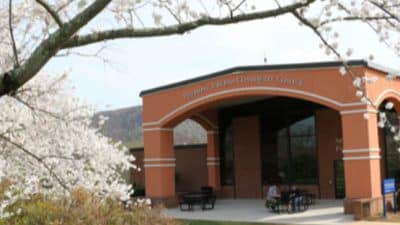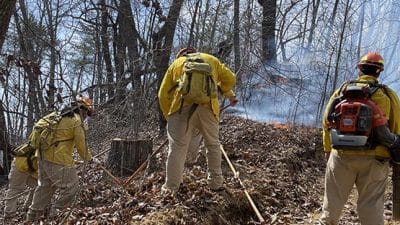
By Stephanie McGencey
For 33 years, my organization has been sounding the alarm about the declining fortunes of young adults. The words of the 1988 Forgotten Half report are eerie today: “One of the cruelest myths of contemporary American life is the claim that our economy is healthy because unemployment is relatively low.”
How did the Forgotten Half generation fare? A recent survey found that – among those who actually participate in retirement plans – only 23 percent of Gen-Xers feel a sense of progress saving for retirement.
For today’s young people? The future is darker. In 1988, 61 percent of young adults (age 15-24) were employed at a given time. In 2019, that number was 51 percent.
Then the pandemic happened.
The number of opportunity youth – young people disconnected from school and work – spiked to over 10 million last year. Fewer than half of young adults are now employed.
The growth in college attendance was one bright spot since 1988. In that year average tuition for a four-year institution was $8,117 in today’s dollars. In 2018, the comparable cost was $28,123. The result of this 347 percent increase? An explosion of student loans.
During the pandemic, even progress on college access collapsed. One quarter of high school graduates have postponed college plans.
Young adults today face more comprehensive, concentrated harm than the authors of the Forgotten Half report could have imagined. And they would have been shocked at the response to these dire problems.
Few federal funds have been directed toward helping young adults recover from the pandemic recession. The only big proposal that would have helped young adults at scale – free community college – was the first big proposal dropped as the Build Back Better bill shrank.
In Upstream: The Quest to Solve Problems Before They Happen, author Dan Heath defines going “upstream” as addressing issues before they worsen into crises. He describes an American tendency to throw costly patches at systemic problems, rather than addressing root causes.
The situation of young adults today illustrates two mental pitfalls that Heath identifies. First, we assume that challenges are inevitable. Second, we believe that no one institution is responsible for addressing all of them.
One of Heath’s maxims is to begin by finding a point of leverage over a big problem. We have leverage: Surveys have shown time and again that opportunity youth want to work, and that they make some of the most satisfied entry-level employees. Businesses, especially in this time, need employees.
Heath explores the idea of reaching “functional zero” for homelessness among veterans: A slot in housing for each person now homeless, and enough staff and supports to prevent people from becoming homeless in the future. Rockford, Ill., has accomplished this feat by leaning on a “By Name List,” a list of the actual people who need help.
We could challenge cities and towns to achieve functional zero for youth disconnection. To achieve functional zero for disconnection would require a team of representatives from the school district, local institutions of higher education and job training, and social services could go through the list of all young people, each week, making a plan for reconnection.
Des Moines, Iowa could be in the first cohort of cities. The local workforce agency is a respected convener, the city has a top-tier community college and strong youth-serving organizations, the number of disconnected youth is only around 13,000, and there is local political will to get this done.
Rural areas like Del Norte County, Calif., may also be ready for this work. Measure of America identified this vast county in the northwestern corner of California as a “post-pandemic priority county,” where profound disconnection combined with extensive durations of remote schooling. However, the local Wild Rivers Community Foundation is partnering with the Aspen Institute’s Opportunity Youth Forum, including by improving the data infrastructure needed to take an upstream approach.
If we can change the odds in a few communities, state and federal policymakers will take note. The 2020 Coronavirus Aid, Relief, and Economic Security Act (CARES) and 2021 American Rescue Plan Act (ARPA) bills provide flexible funding: States and localities could tackle youth disconnection, if they so wish.
AYPF is ready to partner with policymakers to surround this problem, but the field needs help. This begins with realization among the public that the fates of young people are bound up with the fate of the nation.
This kind of change is possible. Look how, thanks to a sea change in our understanding of the importance of early childhood education, pre-kindergarten is on the verge of being nationwide.
The Forgotten Half stated plainly our task: “The future of America depends on our ability… to pave new pathways for the tremendous varieties of people who call America home. We have made but a start.”
Stephanie McGencey is executive director of American Youth Policy Forum. Our thanks to the American Forum for sharing this article.










